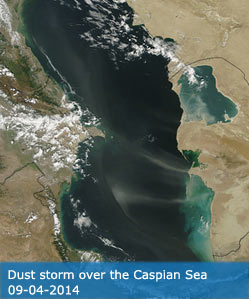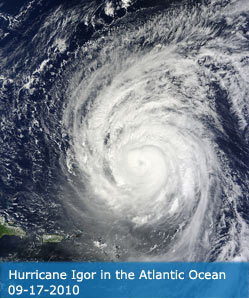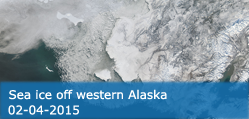Science Team
Publications
Meng, CL (2020). Surface Albedo Assimilation and Its Impact on Surface Radiation Budget in Beijing. ADVANCES IN METEOROLOGY, 2020, 8312451.
Abstract
Surface albedo is a crucial parameter in land surface radiation budget. As bias exists between the model simulated and observed surface albedo, data assimilation is an important method to improve the simulation results. Moreover, surface albedo is associated with the wavelength of the sunlight. So, solar radiation partitioning is important to parameterize the surface albedo. In this paper, the moderate resolution imaging spectroradiometer- (MODIS-) retrieved direct visible, direct near-infrared, diffuse visible, and diffuse near-infrared surface albedos were assimilated into the integrated urban land model (IUM). The solar radiation partitioning method was introduced to parameterize the surface albedo. Based on the albedo data from MODIS and the solar radiation partitioning method, the surface albedo data set for the Beijing municipal area was generated. Based on the surface albedo data set and the IUM, the impacts of the surface albedo on the surface radiation budget were discussed quantitatively. Surface albedo is inversely proportional to the net radiation. For urban areas, after assimilation, the annual average net radiation decreases about 5.6%. For cropland, grassland, and forest areas, after assimilation, the annual average net radiations increase about 20.2%, 24.3%, and 18.7%, respectively.
DOI:
10.1155/2020/8312451
ISSN:
1687-9309




